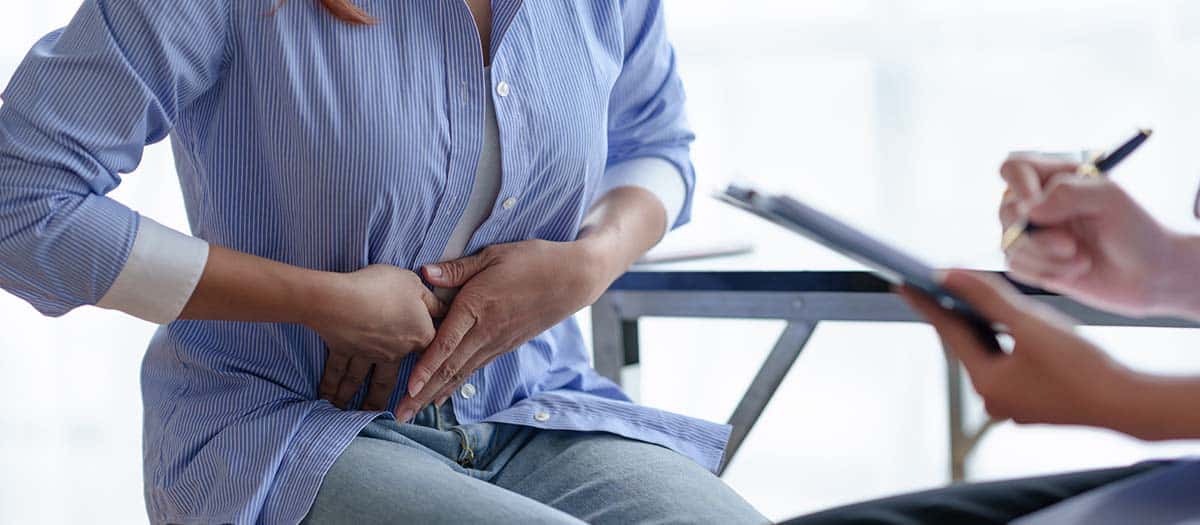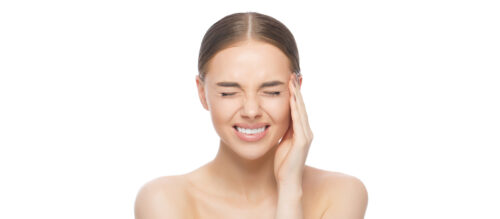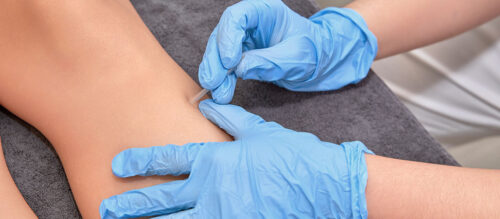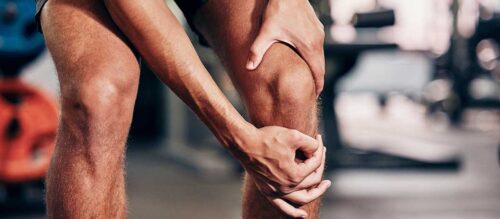Incontinence is a condition that affects millions of people worldwide, impacting emotional well-being, physical health, and overall quality of life. Managing incontinence goes beyond the physical challenge of controlling leaks. It can also affect self-esteem, social interactions, and mental health. The fear of embarrassment or the stigma around incontinence can lead to anxiety, depression, and social withdrawal.
Many people with incontinence may feel isolated and avoid social situations. They often find themselves constantly monitoring fluid intake and planning outings around restroom availability. Simple tasks like traveling, attending events, or exercising may require careful consideration and planning.
What is Incontinence?
Incontinence refers to the involuntary loss of bladder or bowel control, leading to urine or fecal leaks. It can affect both men and women of all ages.
Consulting a healthcare professional is the first step in understanding the causes of incontinence and finding the right treatment. Treatment options vary based on the type and severity of the condition and may include:
- Lifestyle Changes: Adjusting your diet, managing fluid intake, and maintaining a healthy weight can alleviate symptoms of urinary incontinence.
- Pelvic Floor Exercises: Strengthening the pelvic floor muscles with exercises like Kegels can improve bladder control and reduce incontinence episodes.
- Medications: Certain medications can help manage symptoms of overactive bladder or urge incontinence.
- Medical Devices: Catheters or absorbent pads may help manage symptoms effectively.
- Surgery: For severe cases of incontinence, surgery may be recommended when other treatments are not effective.
Types of Urinary Incontinence
There are several types of urinary incontinence, including:
- Stress Incontinence: Occurs when pressure on the bladder (e.g., from coughing, sneezing, laughing, or physical exertion) causes urine leakage.
- Urge Incontinence (Overactive Bladder): Characterized by a sudden, intense urge to urinate, followed by involuntary leakage.
- Mixed Incontinence: A combination of stress incontinence and urge incontinence, experienced together.
Physical Therapy for Bladder Control
Pelvic floor physical therapy can play a key role in regaining bladder control. A physical therapist can evaluate the type of incontinence and recommend lifestyle changes, such as eliminating bladder irritants. Physical therapists also provide guidance on performing pelvic floor exercises correctly, which is crucial for resolving incontinence issues.
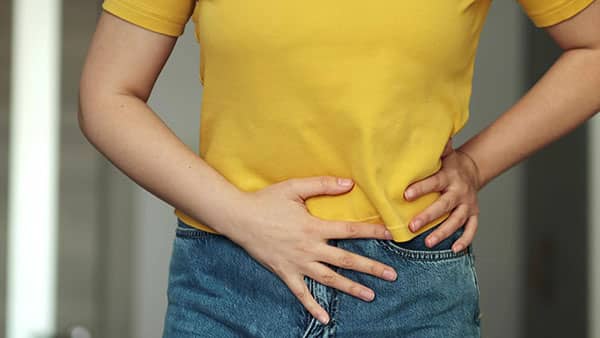
Managing Incontinence
Living with incontinence can be challenging, but many treatments and therapies are available to help manage the condition. Whether through lifestyle adjustments, pelvic floor therapy, or medical interventions, it’s possible to regain control and improve your quality of life.

Molly Mikles
PT, DPT
Pelvic Floor & Orthopedic Therapist

